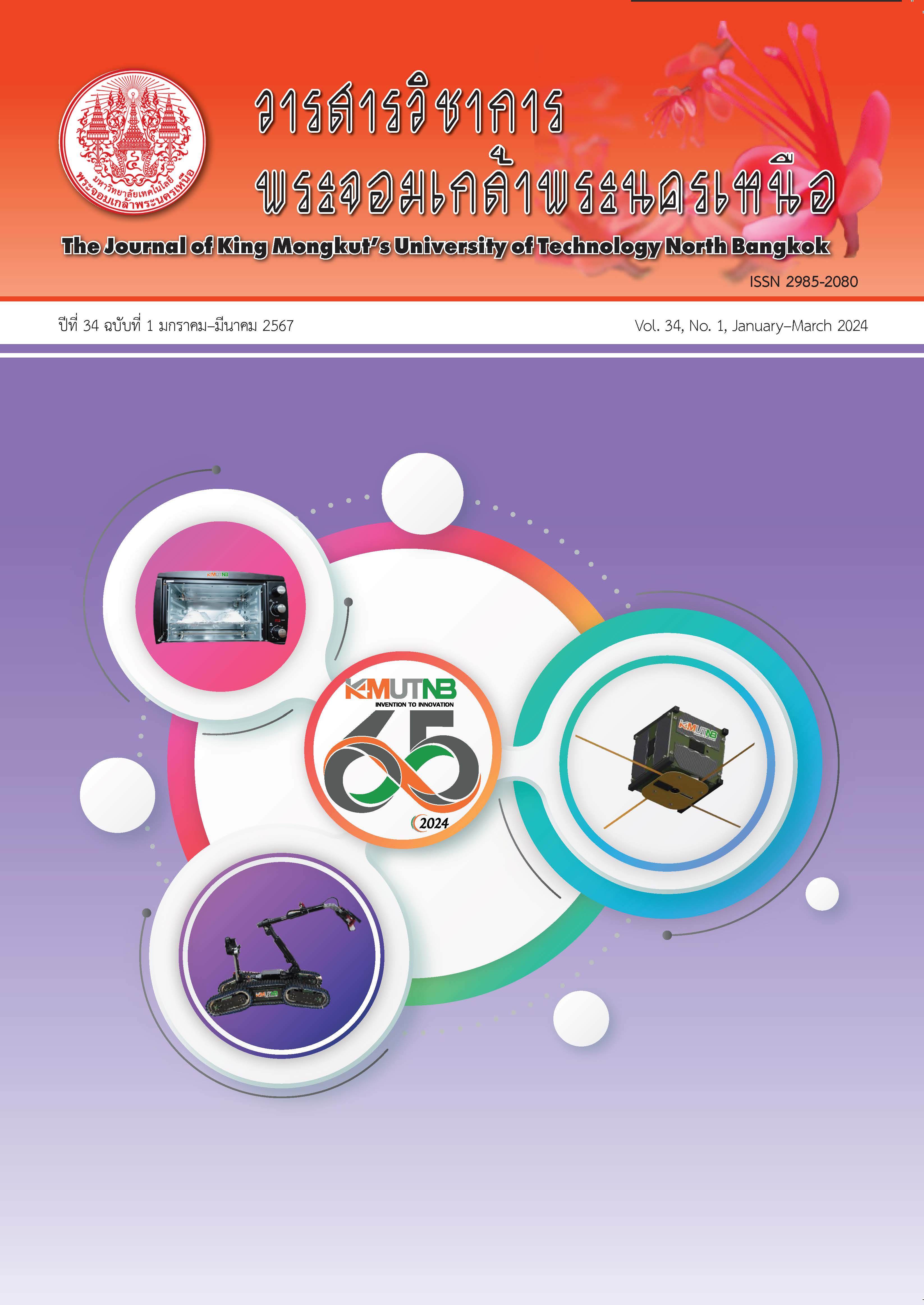A Study of Thailand’s Logistics Infrastructure System in the East-West Economic Corridor
Main Article Content
Abstract
This research aims to study the current problem situation of Thailand’s logistics infrastructure systems along the East-West Economic Corridor (EWEC) Route and to analyze logistics infrastructure requirements. This qualitative research consists of 3 stages: 1) stakeholder selection; 2) in-depth interview; and 3) purposive sampling group discussions where participants from 40 agencies were brought together to exchange their views. SWOT and PESTEL analyses, and TOWS Matrix were carried out and strategic recommendations were proposed to enhance infrastructure development. The development of logistics infrastructure is an important factor in the country's economic and social development. Thus, provinces located on the Economic Corridor are considered important locations along strategic route linking transportation, public utilities, and public health which promotes trade and investment among countries of the Greater Mekong Subregion. The logistics infrastructure study of the EWEC found that the EWEC route is connected with other modes of transportation including rail transport. The EWEC road plays a major role in tourism support while serving as a gateway for the Golden Triangle trade and investment promotion, due to Thailand-Laos-Myanmar trinational borders. Existing infrastructure challenges includethe following issues: several two-lane roadways that requires widening; urban bias from the urban-centric nature of colleges and universities; health issues of migrant workers; and insufficient interagency data sharing and information systems integration among government sub-sectors. Following the EWEC route analysis, some strategic recommendations highlight these topics: improvement of transportation networks and intercity communication networks; making safer roads in highway networks; establishing a network-based coordination center for public services, digital data linking and participatory governance practices. There should be formal integration of the information systems and sharing among government agencies, public-private sector organizations and relevant stakeholders. Concisely, infrastructure and logistics improvement should be brought to the attention as it contributes significantly to the country's growth and economic development.
Article Details

This work is licensed under a Creative Commons Attribution-NonCommercial-NoDerivatives 4.0 International License.
The articles published are the opinion of the author only. The author is responsible for any legal consequences. That may arise from that article.
References
International Institute for Trade and Development (Public Organization). (2015). Sources, guidelines and measures for the development of special economic zones in the Thai border area. [Online] (in Thai). Available: https://www.boi. go.th/upload/content/BOI_November57_ 30162.pdf
P. Chitraphan and P. Teranantana, “Keepaneye on east – West Economic Corridor: Does Thailand Really get Benefit?,” in Proceedings of 2020 Journal of Economics Ramkhamhaeng University, Ramkhamhaeng University, 2020, pp. 35–42 (in Thai).
Private Sector and Special Affairs Cooperation Development Division Office of the Permanent Secretary for the Interior. (2014). the establishment of a special economic zone on the Kanchanaburi border. [Online] (in Thai). Available: http://www.jpp.moi.go.th/detail. php?section
M. Lord. (2009, May). East-west economic corridor (EWEC) strategy and action plan. Munich Personal RePEc Archive. Manila, Philippines. [Online]. Available: https://mpra. ub.uni-muenchen.de/41147/
P. Suvakuntan, K. Uthongsap, S. Lertpusit, and T. Bualom, “The impacts of maesot (Thailand) – Myawaddy special economic zone (Myanmar) under ASEAN economic community,” Political Science and Public Administration Journal, vol. 7, no. 2, pp. 30–44, 2016.
N. Phakdisorawit, P. Jaroennonthasit, and N. Vejchapunth, “Guidelines for the development of special economic zones A case study of the Management of Tak Province of Thailand,” Journal of Social Science for Local Rajabhat Mahasarakham University, vol. 5, no. 2, pp. 304–312, 2021 (in Thai).
D. Madani, A review of the role and impact of export processing zones. Development Research Group. Washington DC: The World Bank publication, 1999.
T. Boontod and C. Santivarangkana, “Factors influencing effectiveness in logistics management: A case study of mukdahan special economic zone,” Pathumthani University Academic Journal, vol. 10, no. 1, pp. 295–300, 2018 (in Thai).
K. Ampha and W. Chanwichit, “The development of East-West Economic Corridor (EWEC) route and collaborative planning process,” Journal of Roi Et Rajabhat University: Science and Technology, vol. 2, no. 1, pp. 1–14, 2021 (in Thai).
C. Kolitawong, C. Saengow, P. Koseeyaporn, and N. Moonpa “Scientific and technical workforce requirements in Thailand” The Journal of KMUTNB, vol. 28, no.3, pp. 699–712, 2018 (in Thai).

